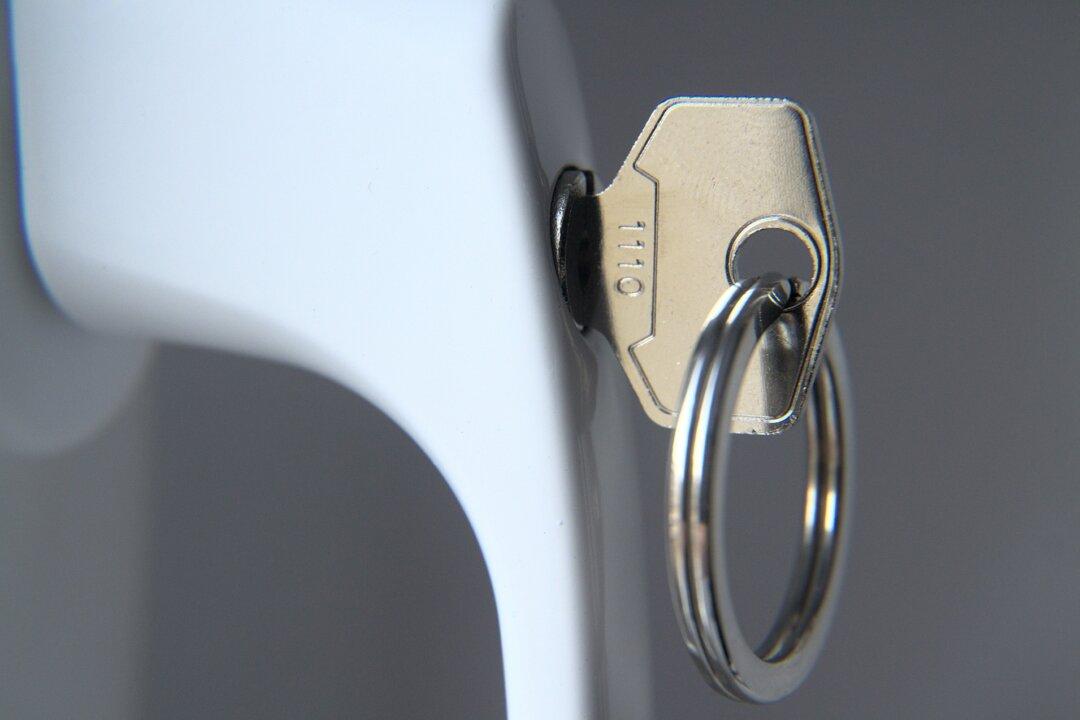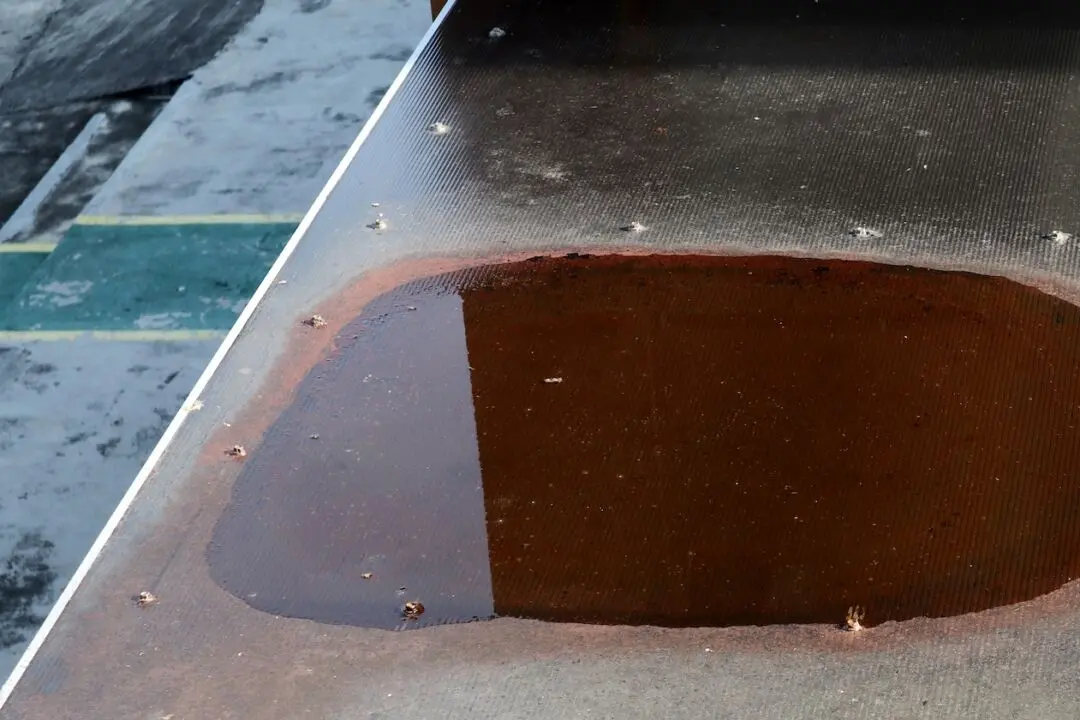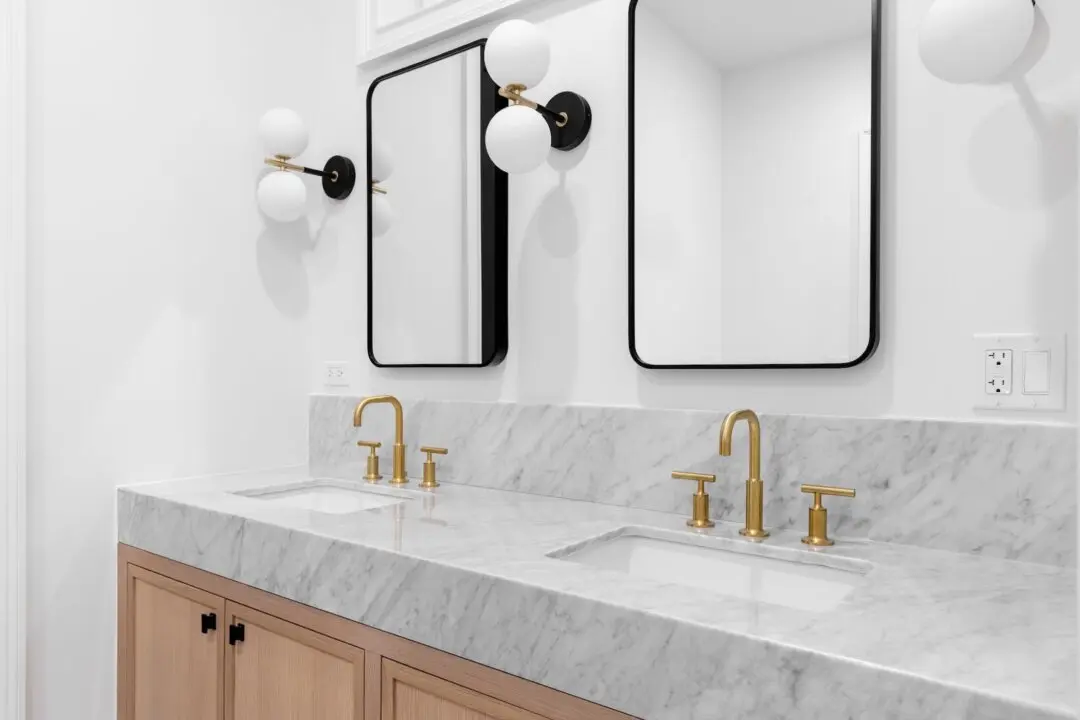Dear James: There have been some break-ins in my neighborhood, so I want to improve security at home. I’m on a tight budget. What are some simple do-it-yourself security tips? —Darrel K.
Dear Darrel: Almost every homeowner is on a tight budget these days, but there are still some things you can do to make your home more secure from break-ins. You might try contacting some security companies for a monitored alarm system. The monthly monitoring fees by some smaller local companies are reasonable, and they may install the system for free.





